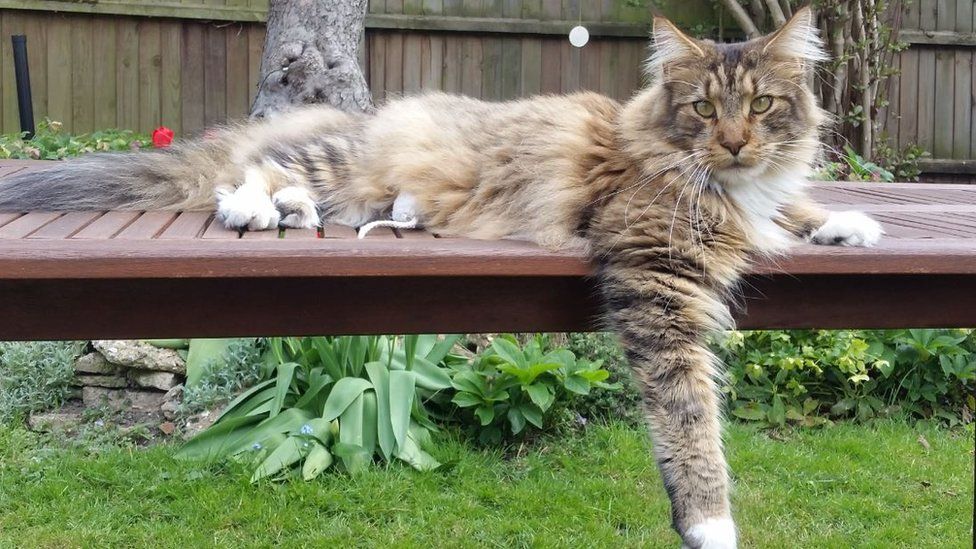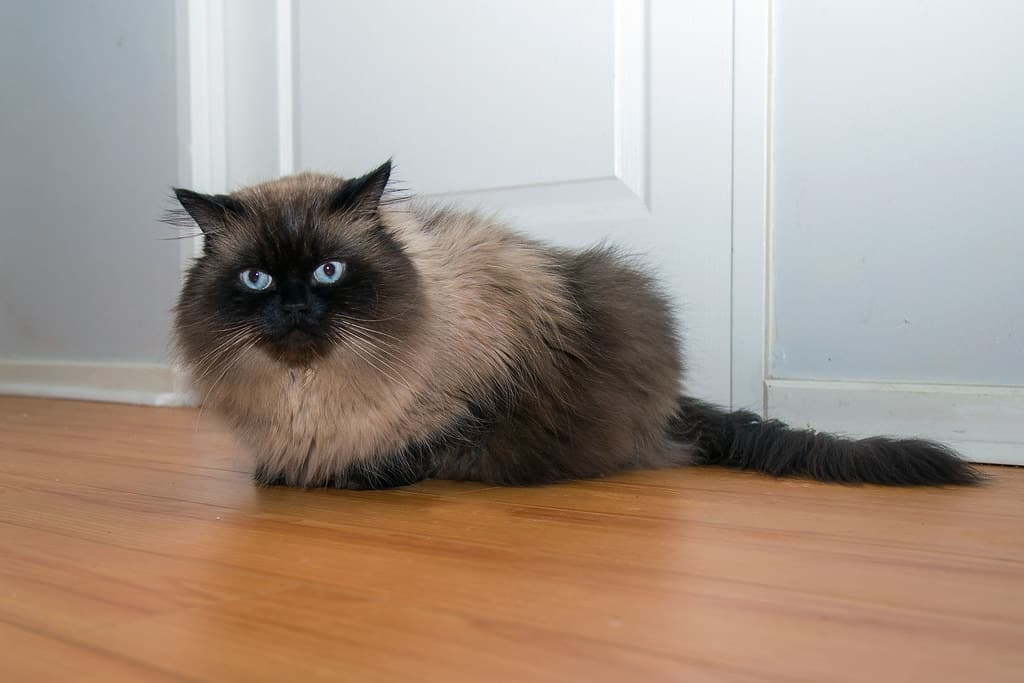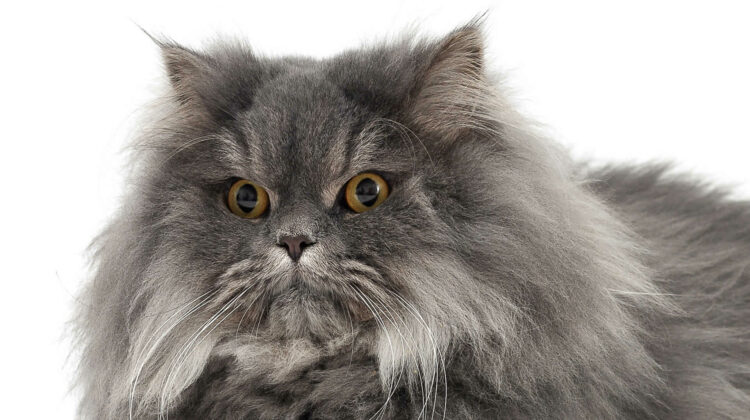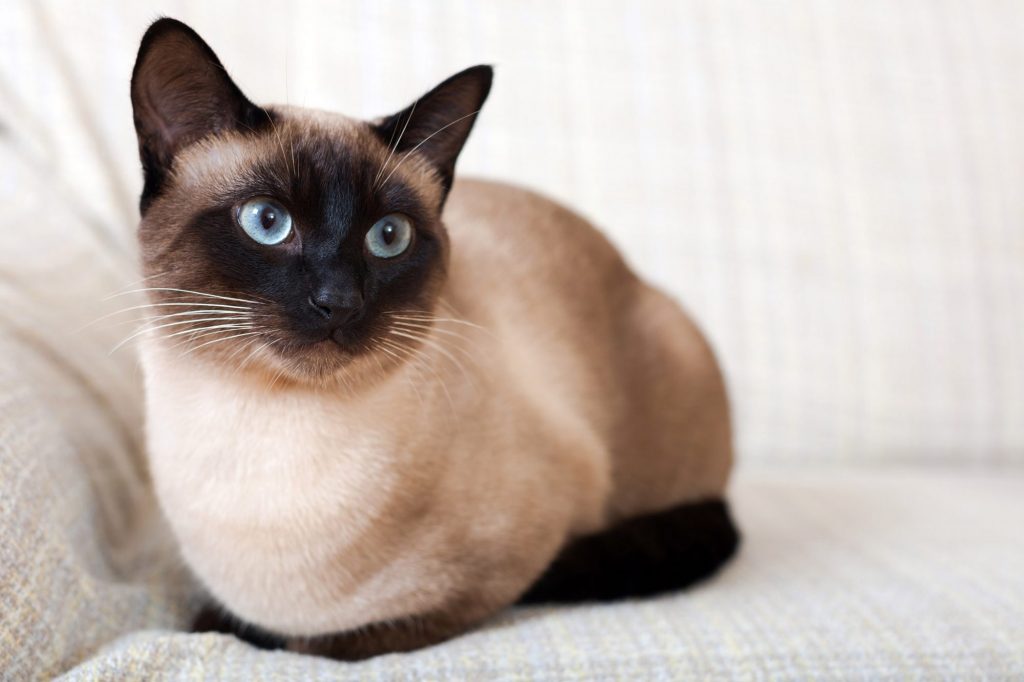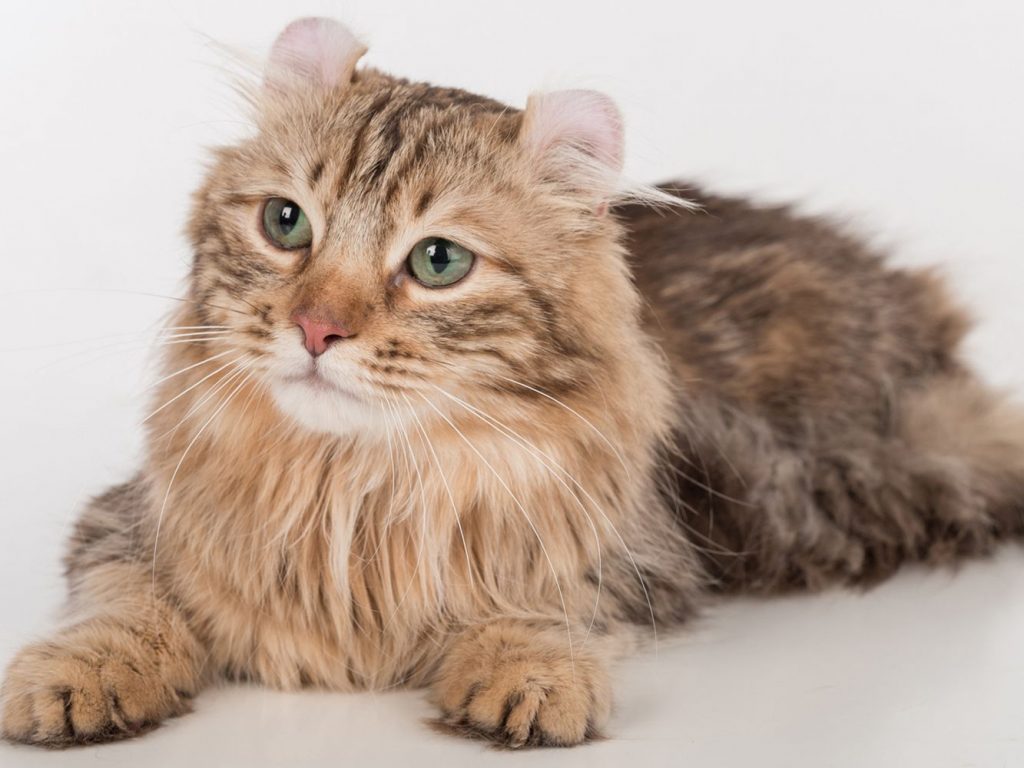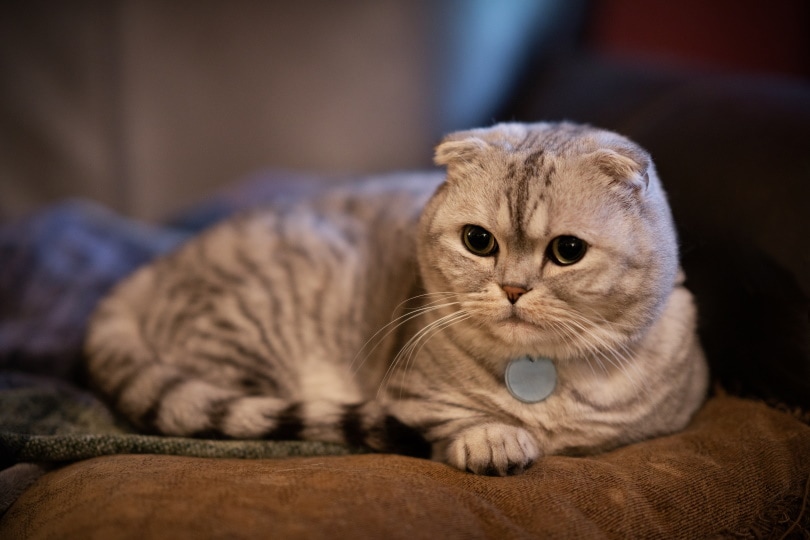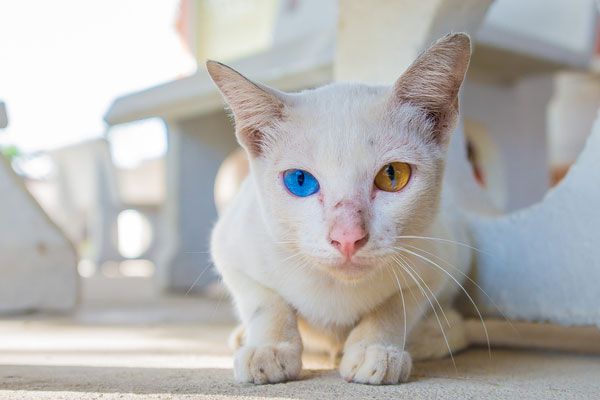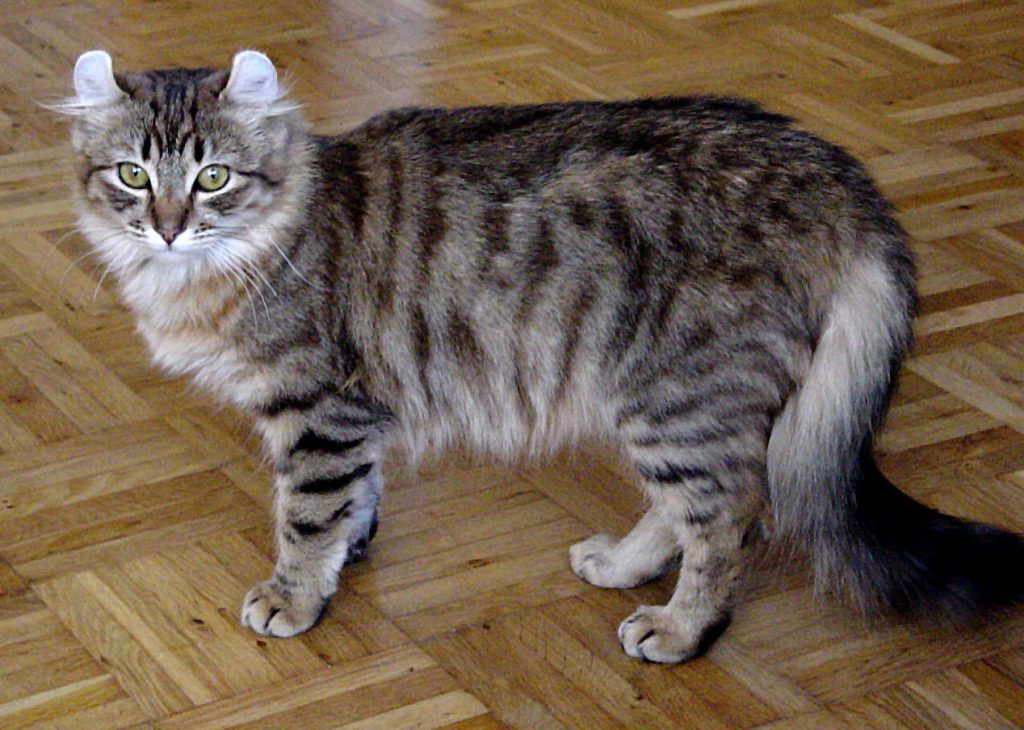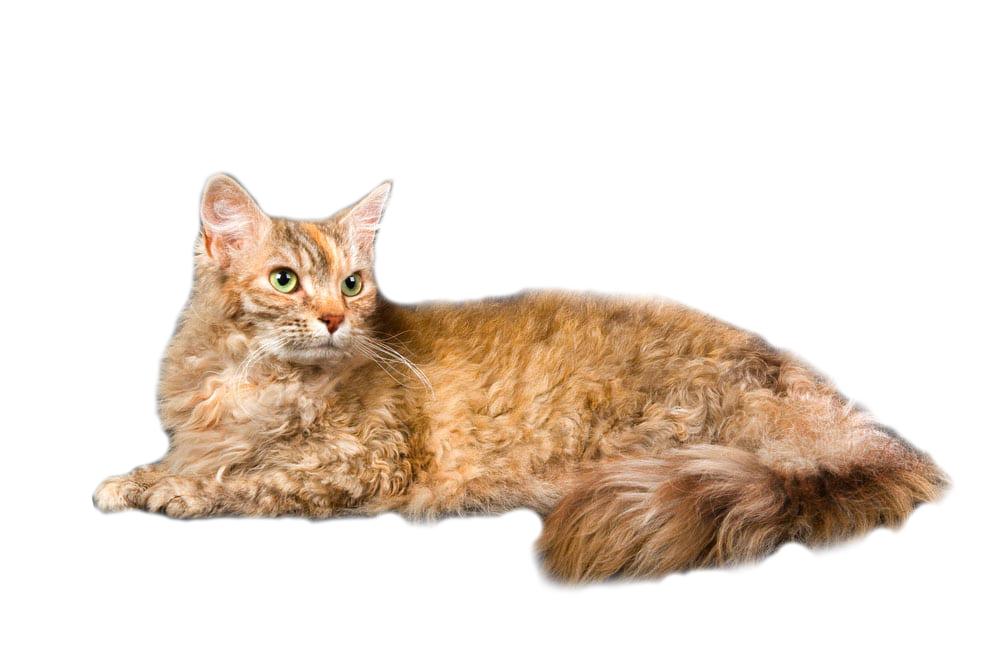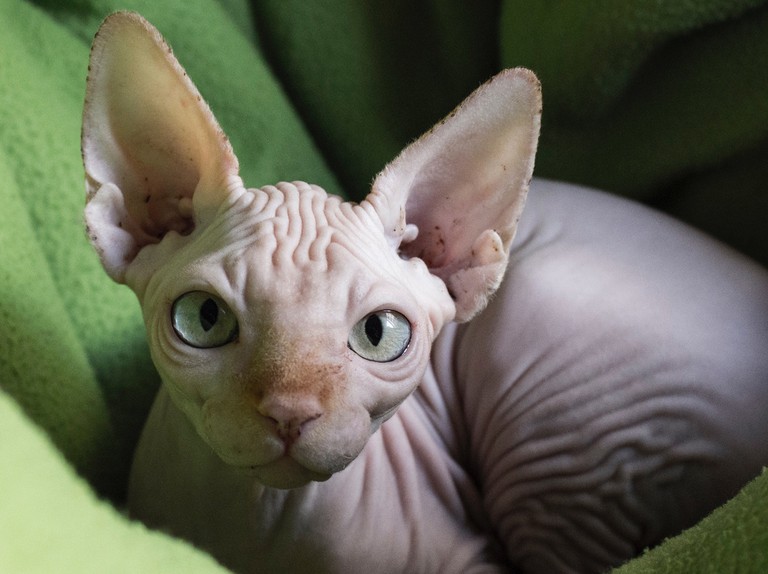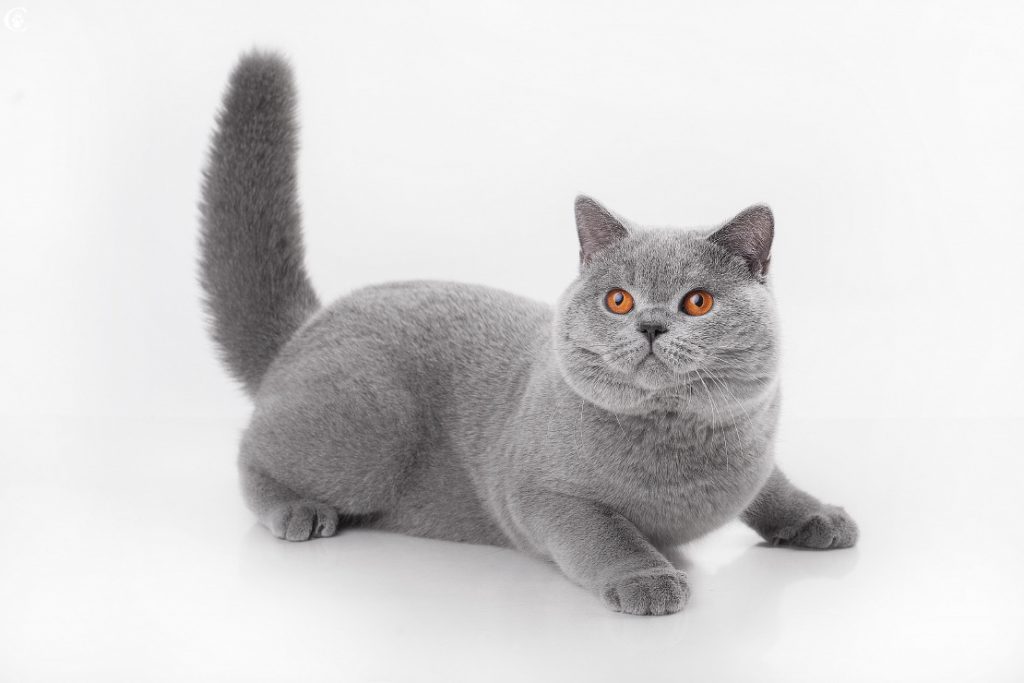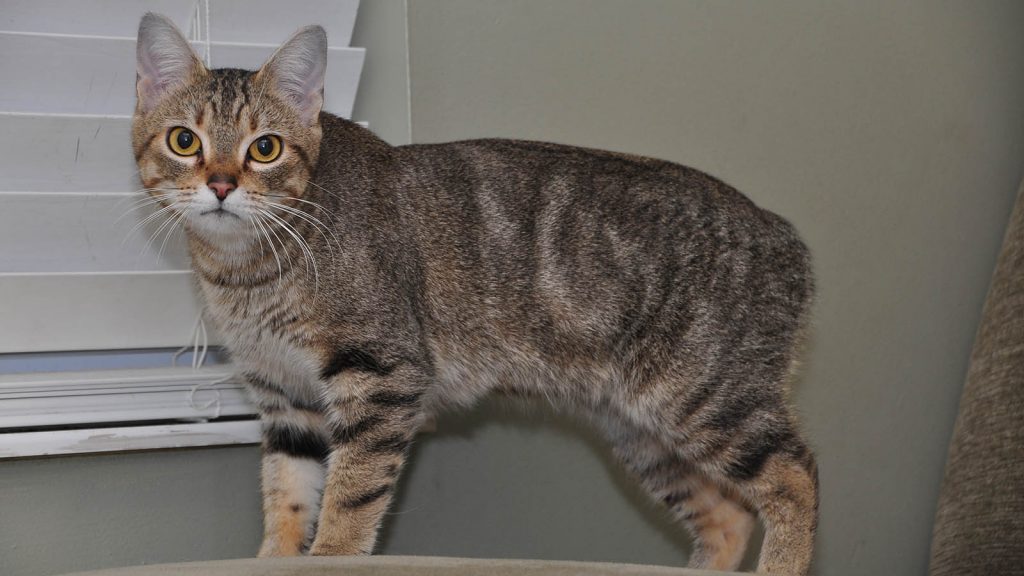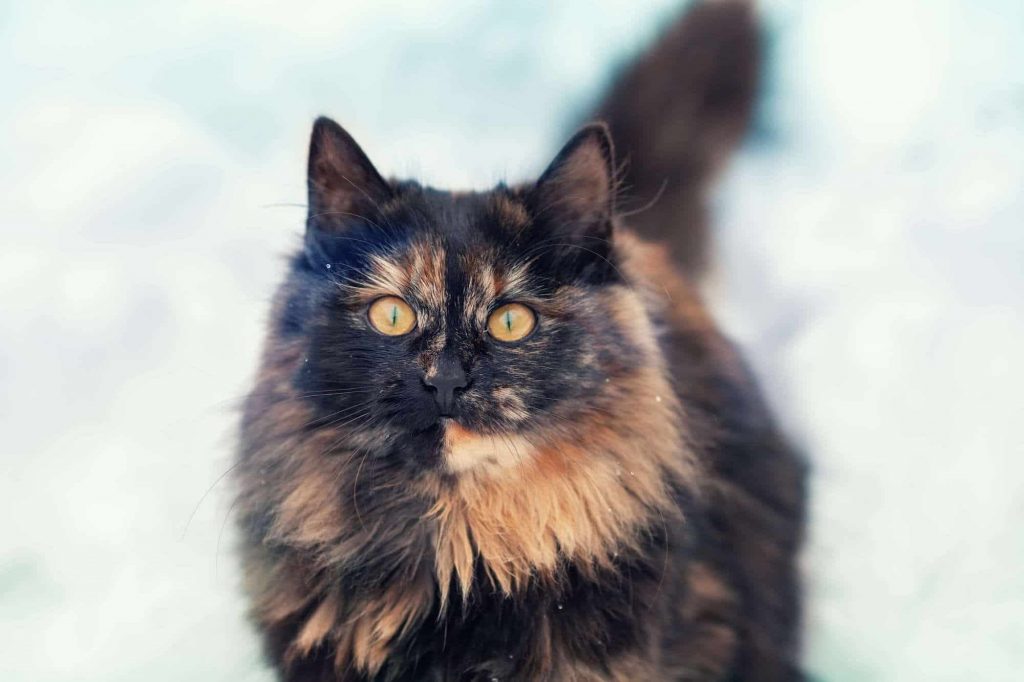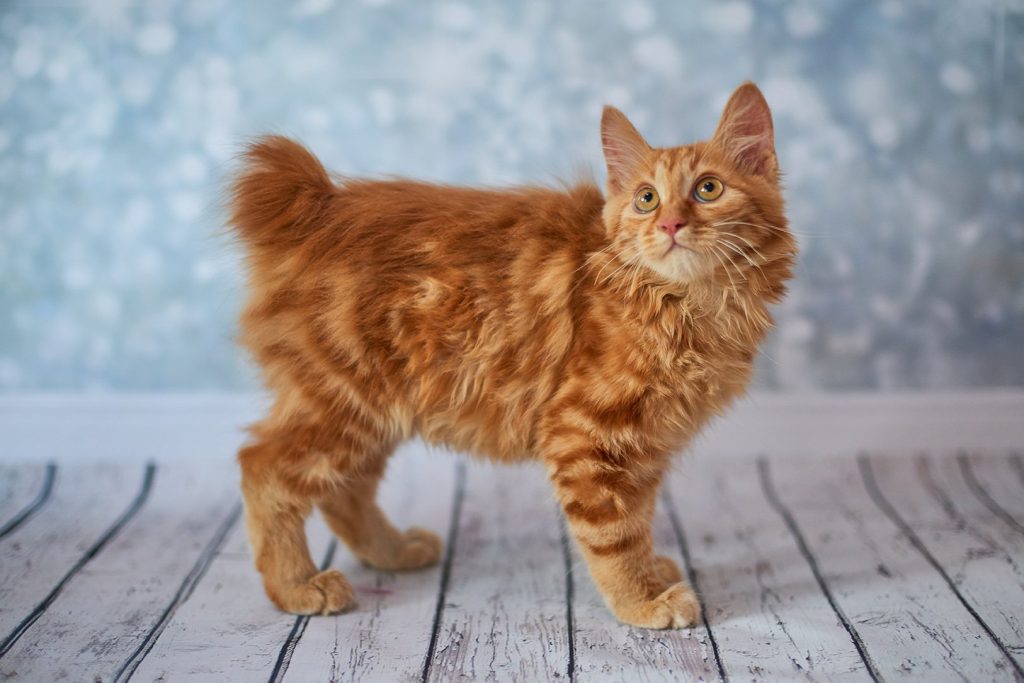
According to The International Cat Association, there are 71 officially recognized cat breeds. However, not every cat is a purebred. Some felines could be a mix of two or more of these official breeds. Therefore, making it difficult to identify cats whose breed is unknown. Fortunately, you will have this guide to help you identify what breed of cat you have!
In order to determine your feline’s breed, you need to identify some characteristics. Finding out these traits can help you narrow it down to a few possible breeds.
Mixed Breed vs Purebred
One important step is to identify whether your cat is a mixed breed or a purebred. Purebreds are easier to identify as they portray specific characteristics. If you can figure out what breed matches all traits portrayed by your cat, you’ll know what breed your cat is.
Mixed-breed cats are an amalgamation. There are no standard characteristics portrayed. Making it difficult for you to accurately identify the breed. To make it easier, we can identify specific traits to come up with an educated guess on what breed your cat is. These traits include:
- Size and Weight
- Face Shape
- Ears
- Eyes
- Coat
- Colour, Patterns and Markings
- Points
- Tails
#1 Size and Weight
Cats come in various sizes, ranging from tiny dwarf cats that might weigh about 1.8kg to Maine Coons which can weigh up to 10.8kg. Size and weight can often tell you a lot about your cat’s breed. Let’s take a look at different sizes of cats and their breed.
Large Cats
Cats weighing over 6.8kg are classified as large cats, on rare occasions they can weigh as heavy as 13.6kg. However, some large cats can be as light as 5.4kg which makes it easy to confuse them with medium-sized cats.
Large cats are only heavy, but also very long and tall. Usually standing more than 8 inches tall and can reach heights of 16 inches easily. Their bodies can range from 30 inches to 48 inches. If your cat meets these requirements, it can be considered as a large cat!
Not a lot of breeds reach this size. Thus, it should be easy for you to identify if your cat meets these measurements.
Here are some common large cat breeds:
- Bengal Cat
- Burmese Cat
- Egyptian Mau
- Maine Coon
- Norwegian Forest Cat
- Ragdoll
- Savannah Cat
Medium-Sized Cats
Most cats fall under the medium-sized category. These cats usually weigh between 4kg to 6.8kg. Since most cats are under this category, it will not help a lot with breed identification. Moreover, it can still be a contributing factor after identifying other traits.
Some medium-sized cat breeds includes:
- American Shorthair
- American Wirehair
- Birman
- Bombay
- Burmese
- Exotic Shorthair
- Himalayan
- Manx
- Ocicat
- Persian
- Russian Blue
- Scottish Fold
- Selkirk Rex
- Siamese
- Snowshoe
- Somali
- Sphynx
- Tonkinese
Small or Dwarf Cats
If your cat weighs lower than 4kg despite it being full grown, you likely have a dwarf cat! Small cats are rather easy to identify because there aren’t many of them.
Here are some small cat breeds:
- Devon Rex
- Munchkin
- Cornish Rex
- American Curl
- Singapura
- Bambino
- Kinkalow
#2 Face Shape
There are cats that display certain face shapes which can narrow down the list. Hence, if you think that your cat has a certain face shape, this section is for you!
Flat-Faced Cats
Flat-faced cat breeds are known as brachycephalic breeds. They have shorter skulls compared to other typical cat breeds. In some breeds, like Persians, it is considered desirable to have this trait as it makes them unique.
Unfortunately, they can be vulnerable to a plethora of health problems. Here are some common problems that they can face:
- Birthing complications
- Vision problems
- Dental health problems
- Respiratory infections
- Breathing difficulties
Here are some common flat-faced cat breeds:
- Bombay
- British Shorthair
- Burmese
- Burmilla
- Exotic Shorthair
- Munchkin
- Persian
- Scottish Fold
- Selkirk Rex
Narrow-Faced Cats
Narrow-faced cats have triangular faces. There are even fewer narrow-faced cat breeds compared to flat-faced ones.
Here are some common narrow-faced cat breeds:
- Siamese
- Cornish Rex
- Abyssinian
- Sphynx
#3 Ears
Your cat’s ears can be a giveaway to its breed if it displays certain traits. For example, only a few breeds have folded or curled ears. These ear shapes are often caused by genetic mutations.
Curled Ears
Curled ears are like arch-shaped. It curls backwards and sticks up high. It almost looks like a set of small horns. Here are the few breeds that display this trait:
- American Curl
- Highlander
Folded Ears
Cats with folded ears are a result of genetic mutation which can cause some health issues. These health issues include deformities, arthritis, deafness and infections. The gene that causes their ears to fold affects their cartilage throughout their bodies. Scottish Folds are the only breed that displays this trait. So, if your cat displays this trait, it has some Scottish Fold in its genetic makeup.
Tufted Ears
Ear tufts or lynx tips are tufts of fur growing from the tips of a cat’s ears. Similarly, ear furnishings are hairs that grow inside a cat’s ears. There are quite a few cat breeds that display this characteristic.
- Birman
- Highlander
- LaPerm
- Maine Coon
- Nebelung
- Norwegian Forest Cat
- Persian
- Ragdoll
- Siberian
- Turkish Angora
- Turkish Van
#4 Eyes
Cats have a wide range of eye colours. Here are some common eye colours for cats:
- Brown
- Hazel
- Gold
- Green
- Blue
There are some cats which have two different eye colours, known as heterochromia. Only a few breeds can display it, as it is a genetic anomaly.
Here are some breeds that portrays this trait:
- Russian White
- Ragdoll
- Van Kedisi
- Oriental Shorthair
- Persians
- Turkish Van
- Turkish Angora
- Himalayan
- Cornish Rex
- Persian
- Japanese Bobtail
#5 Coat
Cats have many different coat types. Many breeds are known for having a specific type of coat. Determining your cat’s coat type can make it much easier for you to identify its breed.
Long Haired Cats
Long Haired cats have long and fluffy coats, making them appear much larger than they are. They shed quite a bit due to their thick fur. Some longhaired cat breeds include:
- American Longhair
- Balinese
- Birman
- British Longhair
- Domestic Longhair
- Himalayan
- Long-Haired Siamese
- Maine Coon
- Norwegian Forest Cat
- Persian
- Turkish Angora
Short Haired Cats
Short Haired Cats have short fur which need less grooming compared to longhaired cats. Here are some common breeds with shorthair:
- Abyssinian
- American Curl
- American Shorthair
- Bengal
- British Shorthair
- Egyptian Mau
- Exotic Shorthair
- Havana Brown
- Korat
- Manx
- Ocicat
- Oriental Shorthair
- Russian Blue
- Tonkinese
Curly-haired Cats
Curly-haired cats have curly coats which are more difficult to maintain. They tend to tangle more compared to straight coats. Depending on its length, curly-haired cats can be classified as short haired or longhaired cats. Here are some common curly-haired cats:
- American Wirehair
- Cornish Rex
- Devon Rex
- LaPerm
- Selkirk Rex
Hairless Cats
These cats are easy to identify due to their unique looks. Hairless cats lack fur coats and they are popular with people who suffer from cat allergies. There aren’t many of these hairless cat breeds, so here are the breeds:
- Bambino
- Donskoy
- Elf Cat
- Peterbald
- Sphynx
- Ukrainian Levkoy
#6 Colour, Patterns and Markings
Certain colours, patterns and markings are specific to certain breeds. Adding this clue to the list can help you better determine your cat’s breed.
Solid Colour
Cats that display one colour are solid-colored cats.
Bi-Colour
As the word suggests, bi-colour cats display two colours on their bodies. One of their colours is their main base colour, and the second is white. Some of the bi-coloured coats cats include:
- Maine Coon
- Manx
- Exotic Shorthair
- Cornish Rex
Tortoiseshell
Similar to bi-coloured cats, they have two colours on their bodies. Instead of white in their coats, they have a secondary colour mixed into the base colour.
Callico
These cats are rare, with only one in 1,000 cats being calico. They have three colours in their coats and one of the colours is white. Most of the calico cats are females and not all breeds can produce calico cats. Here are the breeds that can:
- Manx
- American Shorthair
- Maine Coon
- British Shorthair
- Persian
- Arabian Mau
- Japanese Bobtail
- Exotic Shorthair
- Siberian
- Turkish Van
- Turkish Angora
- Norwegian Forest Cat
#7 Points
These cats have coloured points, meaning its face, feet, ears and tail display dark coloration. The points and the base coat colour can come in any colour. Not every breed can display coloured points. Here are some breeds that can:
- Balinese
- Birman
- British Shorthair
- Exotic
- Highlander
- Himalayan
- Javanese
- Ragamuffin
- Ragdoll
- Siberian
- Tonkinese
#8 Tail
Cat’s tails wouldn’t offer you much insight as most cats have pretty standard tails. However, there is a type of tail that can be a big clue to help identify your cat’s breed. Short tails. Few breeds display short tails. Here are some breeds that have this trait:
- American Bobtail
- Cymric
- Japanese Bobtail
- Kurilian Bobtail
- Manx
- Pixiebob
Trying to guess your cat’s breed is a difficult task. Using the traits covered in this blog, it can help give you some clues and simplify the process. Try your best to identify its breed using this blog. However, if you are still unsure, you can always take your cat to the vet for genetic testing, which will give you a far more accurate answer than you could determine on your own. We love cats of all breeds! We hope you do as well!

Genie is an animal lover, who enjoys writing on pets and animals stories. She is passionate about learning something new everyday. She enjoys communicating with people and expressing ideas. She have a huge passion in languages and plans to learn more albeit she is already trilingual in English, Mandarin and Japanese.































